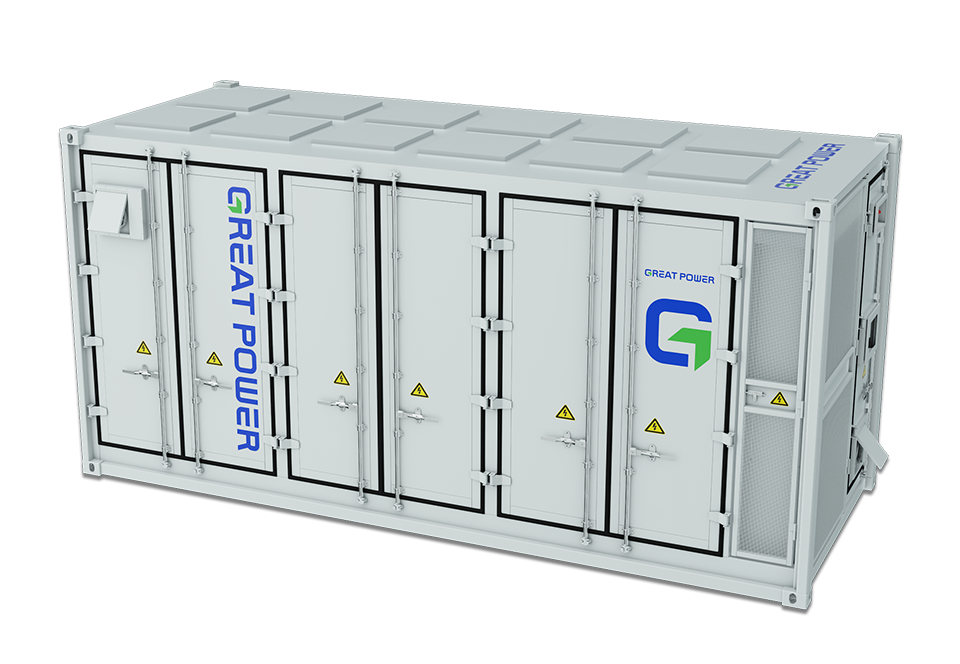In the evolving landscape of renewable energy, the need for efficient commercial energy storage systems is increasing across various industries. Companies like Great Power are addrESSing these demands with solutions designed for safety, reliability, and global scalability. Their products, such as the Max-20HC-5000, are specifically developed to meet the complex requirements of grid-connected applications in power utilities, solar projects, and industrial facilities.
Comprehensive Performance Backed by Certifications
Great Power offers fully integrated commercial energy storage systems with certifications such as UL9540A and NFPA855, ensuring compliance with international safety standards. Their containerized solutions feature IP55 overall protection and IP67 battery pack sealing, offering durability even in harsh environments. These systems achieve ≥96% battery efficiency, optimizing returns over their lifecycle while reducing energy losses. This combination of safety, efficiency, and protection is ESSential for utility-scale applications across Europe, North America, and beyond.
Wide-Ranging Use Cases and Installation Flexibility
Their systems are designed for flexible deployment in diverse scenarios like wind and photovoltaic generation, areas with volatile energy pricing, or sites with heavy load fluctuations. Great Power‘s integrated container solution is easy to install and transport, allowing system integrators and commercial users to minimize setup time. The energy density of these solutions has increased by 50%, making them a cost-effective investment for long-term operations.
Conclusion
Great Power stands out by providing robust, certified, and high-efficiency commercial energy storage systems for B2B clients. From power companies to industrial plants, they serve users seeking reliability, safety, and strong delivery capacity. With a solid track record across 50+ countries and over 800,000 residential installations running safely, they help businESSes solve peak load management, energy backup, and long-duration storage challenges.
